Crafting A Wellness Lifestyle With A World Of Choices
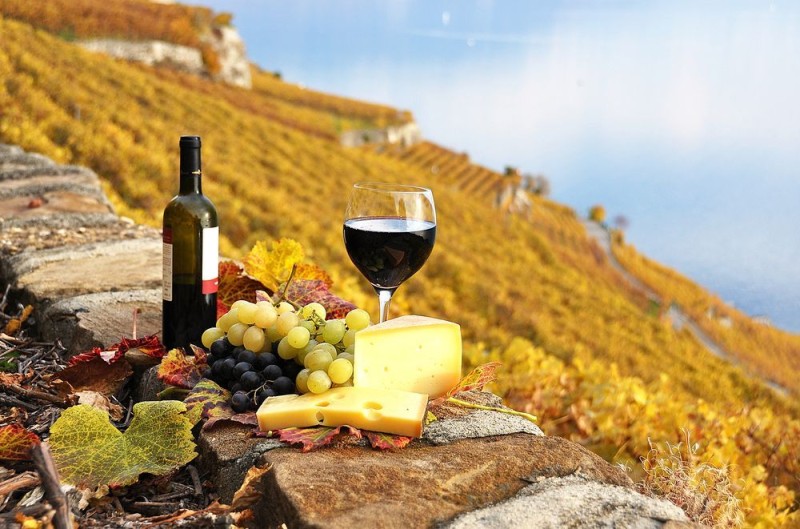
How trapped are we in the limitations of the culture we have experienced most of our lives? Greater travel and today’s technologically shrunken world has immensely increased our awareness of alternative ways of living. We do, in fact, have a world of lifestyle choices to draw upon. Let’s look at some cultural concepts and practices we might draw upon and explore some strategies for doing so and some challenges we might face.
My best definition of wellness/well-being is living our lives consciously in ways that enhance our health. Conscious choices allow us to avoid the “automatic pilot” that often steer us toward stress, illness and poor performance. Consciousness about our entire way of living includes mindfulness. Appreciating the moment, noticing the senses, soaking it all in enriches our lives. Conscious choice means considering the path that will optimally serve us, whether it is how we will spend our Saturday, what we will order at the restaurant, or what risk we might take emotionally.
In our Wellness & Health Coach Certification Training (https://www.realbalance.com) I love to teach that it is the job of the coach to remind people that they have choices. It is so easy for us all to forget the actual choices that we really do have. Realizing that we are choosing to live our lives the way we do actually frees people to embrace the present and make life better.
A factor that can either expand or limit our perception of choices is culture. There is extensive evidence and wisdom in the health promotion literature that peer norms affect our health for better or for worse. (http://www.healthyculture.com, and http://organizationalwellness.com/who-we-are/dr_joel_bennett/) We operate on norms within our work, family, sub-culture and the larger culture that we live in. Some choices never even occur to us because we are operating so habitually within these norms.
 Provence and French Alps
Provence and French Alps
L’Art De Voir
It’s no fluke that France is always the most visited country in the world, and Italy always shows up in the top five. The appeal to a large degree is for the opportunity to experience a different way of living among cultures that consciously work at “L’Art De Voir” – the art of living. Provence and Tuscany in particular seem to epitomize this cultural agreement to put quality of life first.
“Community, not work, is at the center of Provençal life. Nowhere is that more obvious than during meals, when friends and family come together to share dishes which are simple, healthy and robust in flavor. This unrushed life allows each and everyone to be in touch with themselves, and could be called true living.” (http://www.lifeinprovence.com/p_life.html)
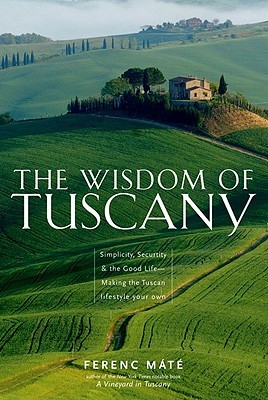 As Ferenc Máté shares in in his book The Wisdom of Tuscany “When I mention Tuscany to outsiders, the usual response is a wistful sigh. And when I add sheepishly that we live out in the hills and vineyards and olives, the common rejoinder is “You’re living my dream.” What they seem to be talking about is the quality of life: the pace, the peace, the physical beauty, the social togetherness, and, of course, the food and wine. And just as Tuscan food and wine is rooted in myriad things beyond the kitchen and cellar, so the quality of life is a vast conglomeration of daily details, each of which must be of quality for all of it to work.”
As Ferenc Máté shares in in his book The Wisdom of Tuscany “When I mention Tuscany to outsiders, the usual response is a wistful sigh. And when I add sheepishly that we live out in the hills and vineyards and olives, the common rejoinder is “You’re living my dream.” What they seem to be talking about is the quality of life: the pace, the peace, the physical beauty, the social togetherness, and, of course, the food and wine. And just as Tuscan food and wine is rooted in myriad things beyond the kitchen and cellar, so the quality of life is a vast conglomeration of daily details, each of which must be of quality for all of it to work.”
That quality in the details comes from two things: conscious awareness and a commitment to doing everything in life as best as one can. When people travel to these places they often say “there was the best tasting food there I’ve ever had”, or “the simple bread every day was amazing”. Daily things that perhaps we have allowed to become mundane, and unfortunately mediocre, suddenly astonish us when prepared and presented with pride and love. Perhaps one quick way to increase our own quality of life is by doing the same.
If one grew up in a place like Montepulciano or Roussillon the culture there would certainly have its pros and cons, but many of the healthy lifestyle components being lauded here would just be facts of life. For those of us in places like the United States, the UK, Australia, and elsewhere, we may have to very consciously work at L’Art De Voir.
Cultural cross-over is happening more and more. We see it in food especially. Ethnic restaurants and cookbooks abound. With the tremendous increase in gourmet cooking the “fusion” approach is showing up everywhere. Access to a worldwide cornucopia of food products is greater than ever. Even a small town in rural Wisconsin may have a supermarket with a fully stocked olive bar. Awareness of the Mediterranean Diet and its healthful benefits has spurred many to adopt a whole new way of cooking, often at the behest of their cardiologist. (http://www.heart.org/HEARTORG/GettingHealthy/NutritionCenter/Mediterranean-Diet_UCM_306004_Article.jsp)
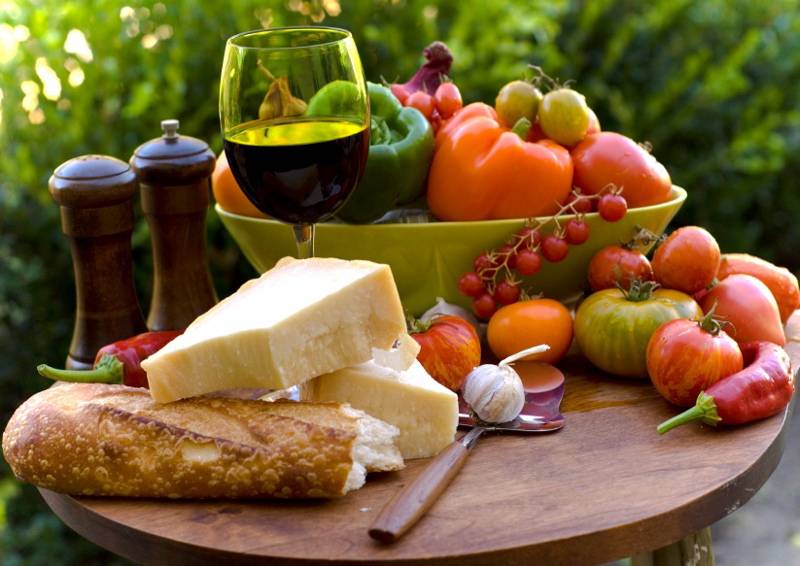 As more people travel at younger and younger ages we bring home with us awareness of how daily life can look different. What we often want to bring back with us is not what will fit in our luggage. It is often a new pace of life, a greater sense of connectedness to our community, our family and to the natural world around us.
As more people travel at younger and younger ages we bring home with us awareness of how daily life can look different. What we often want to bring back with us is not what will fit in our luggage. It is often a new pace of life, a greater sense of connectedness to our community, our family and to the natural world around us.
One of the blessings of a changing population that is increasingly ethnically diverse is the cultural infusion that results. Chances are most of us live in communities today that include neighbors from India, Nicaragua, Somalia, the Ukraine, Viet Nam, Poland and many more. As we associate with this cultural mix we are reminded that we don’t have to just do everyday things the same way all of the time. We have a world of choices.
 Coaching The Art of Living
Coaching The Art of Living
Rather than pine away for a villa in the Tuscan hills what can our clients (and we coaches) do to make their own lives a work of art? Without the surrounding culture already supporting such a way of living, how can our clients still create a consciously crafted lifestyle with more choices?
1. Realizing The Choices We Have.
There are many ways we can modify our lifestyles and borrow from other cultures without losing our own cultural identity. One way is to help clients identify when they are operating on assumptions and sheer habit. Help them discover the “blind spots” in the lifestyle where they have been making certain choices simply because they have “always done it that way”. Work with your clients to distinguish between the “imperative” and the “volitional”. When something feels imperative it seems like we “must” do it that way. Ask to clients to challenge themselves at such a moment and ask “Who says?” Help them reclaim greater volition in their lives.
2. Resetting Priorities.
Not everything can be a priority. That defies the very definition of what a priority is. When clients clarify and connect with their values and create a life that is more congruent with them stress is reduced and inner peace is found. Explore what the true priorities are in life with your client and coach them around the sometimes daunting challenges of living in accordance with them.
3. Possibility Thinking And Exploring.
Creating an artful life often begins with the joy of discovery. Learning more about new ways of living may take on a fun process of exploration. We know that the stage of Preparation is what ensures successful Action. (http://www.amazon.com/James-O.-Prochaska/e/B001H9VXJ0) Make it a conscious process with support and accountability built in. Allow the client to share their discoveries in the coaching session and acknowledge their efforts. Coach them around distinguishing what new ways of living will work for them and what old ways they would like to let go of.
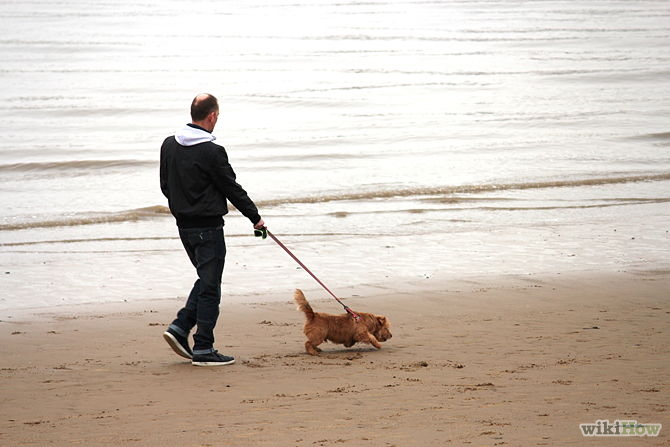 4. Focus On Quality Of Life. As Máté shared (above) “What they seem to be talking about is the quality of life.” Don’t just think about food alone, but rather the greater question of how can one infuse greater quality into every aspect of one’s life. When we look at L’Art De Voir we might do well to consider The Wisdom of Tuscany (http://www.goodreads.com/book/show/7034969-the-wisdom-of-tuscany) and its emphasis on the pace of life, the feeling of peace and tranquility, enhancing our physical surroundings, valuing social togetherness and, of course, putting quality into our way of eating and what we eat as well. (We will explore these in more detail in an upcoming blog.)
4. Focus On Quality Of Life. As Máté shared (above) “What they seem to be talking about is the quality of life.” Don’t just think about food alone, but rather the greater question of how can one infuse greater quality into every aspect of one’s life. When we look at L’Art De Voir we might do well to consider The Wisdom of Tuscany (http://www.goodreads.com/book/show/7034969-the-wisdom-of-tuscany) and its emphasis on the pace of life, the feeling of peace and tranquility, enhancing our physical surroundings, valuing social togetherness and, of course, putting quality into our way of eating and what we eat as well. (We will explore these in more detail in an upcoming blog.)
5. Experimenting.
Coach your clients around ways to live more consciously, more artfully, and make it a part of the Wellness Plan. Identify experiments to try out new ways of being, new foods to eat (it’s okay if you really think some olives are too sour), new ways to get together with friends, etc. Start small. Integrate new ways of living slowly into the current lifestyle. Make it part of the coaching to create these action steps, commit to conducting the experiments, and being accountable to follow through. While much of this is true fun, there can be challenges that arise that require some processing in coaching. Conflict may show up. Your client’s friends pan the new recipe or activity that they thought would be so enjoyable. The new boundaries around work and personal time get lots of pushback from co-workers. Such experiences are important to process in coaching so the client can continue with improving their lifestyle instead of giving up too soon to avoid conflict. This is why the next step is so important.
6. Gathering Support
 Living L’Art De Voir is possible in Tipperary or Tulsa, not just Tuscany. The key is gathering support for one’s new way of living. An effective coach will already be working with their client around enlisting others in their Wellness Plan. Lasting lifestyle improvement comes from the supportive network that helps a person sustain their healthier ways of living. Building that network needs to be a conscious process. Before launching new experiments successful clients secure commitment from other that will be affected. Getting “buy-in” from the family on a new dietary shift can be critical to its success. Sharing with others the real intention behind a new move to set boundaries around twenty-four-seven availability helps engender support rather than criticism. Just as it helps to get a “walking buddy”, so too it may make the process more fun and successful to engage like-minded friends in these ways to culturally shift one’s lifestyle.
Living L’Art De Voir is possible in Tipperary or Tulsa, not just Tuscany. The key is gathering support for one’s new way of living. An effective coach will already be working with their client around enlisting others in their Wellness Plan. Lasting lifestyle improvement comes from the supportive network that helps a person sustain their healthier ways of living. Building that network needs to be a conscious process. Before launching new experiments successful clients secure commitment from other that will be affected. Getting “buy-in” from the family on a new dietary shift can be critical to its success. Sharing with others the real intention behind a new move to set boundaries around twenty-four-seven availability helps engender support rather than criticism. Just as it helps to get a “walking buddy”, so too it may make the process more fun and successful to engage like-minded friends in these ways to culturally shift one’s lifestyle.
7. Keeping Life Artful – Maintaining
Like any new behavior, the real challenge is often in maintaining the change. Coach your client around maintenance strategies that they can develop when the lifestyle shift is still new. One approach is to anticipate boredom and have “variations on the theme” available. Keep it fresh. Don’t get stuck on that favorite recipe or it will become like a favorite song on the radio that, when overplayed, becomes annoying. Joining interest groups or classes focused on their new culture-blending pursuits may serve to reinforce interest, learn new skills and access fresh resources.
The other key to maintenance is tracking. Encourage your client to find a way to keep track of their new ways of living. Just how often are they practicing some new skill or behavior? The old habitual ways of living, reinforced constantly by the dominant culture the person is surrounded with, will re-emerge and vie for supremacy. Some clients may find that keeping a lifestyle journal works for them. Others may need to get more specific using coaching tools and/or smartphone apps.
The Art Of Living
Londoners discovered over a hundred years ago that they didn’t have to dress like people from India to enjoy a good curry and today the city is famous for this dish. We live in a world with unprecedented access to information and products about and from other cultures. The invitation is there for us to explore and to begin to consciously choose what we will integrate into our lives. Part of being well is having more choices and the world today gives that to us. The remaining challenge may be within us rather than in our culture. Will we allow ourselves to experiment, to try something new? What kind of mindset shift needs to occur for us to give ourselves permission? Can we realize that we can still hold onto our own traditions and customs and choose what else we might add? Salt and pepper over and over again is fine, but have you really looked at the rest of the spice rack?

Dr. Michael Arloski is CEO and Founder of Real Balance Global Wellness Services, Inc. taking wellness and wellness coach training worldwide.


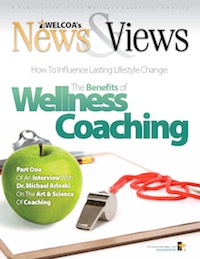



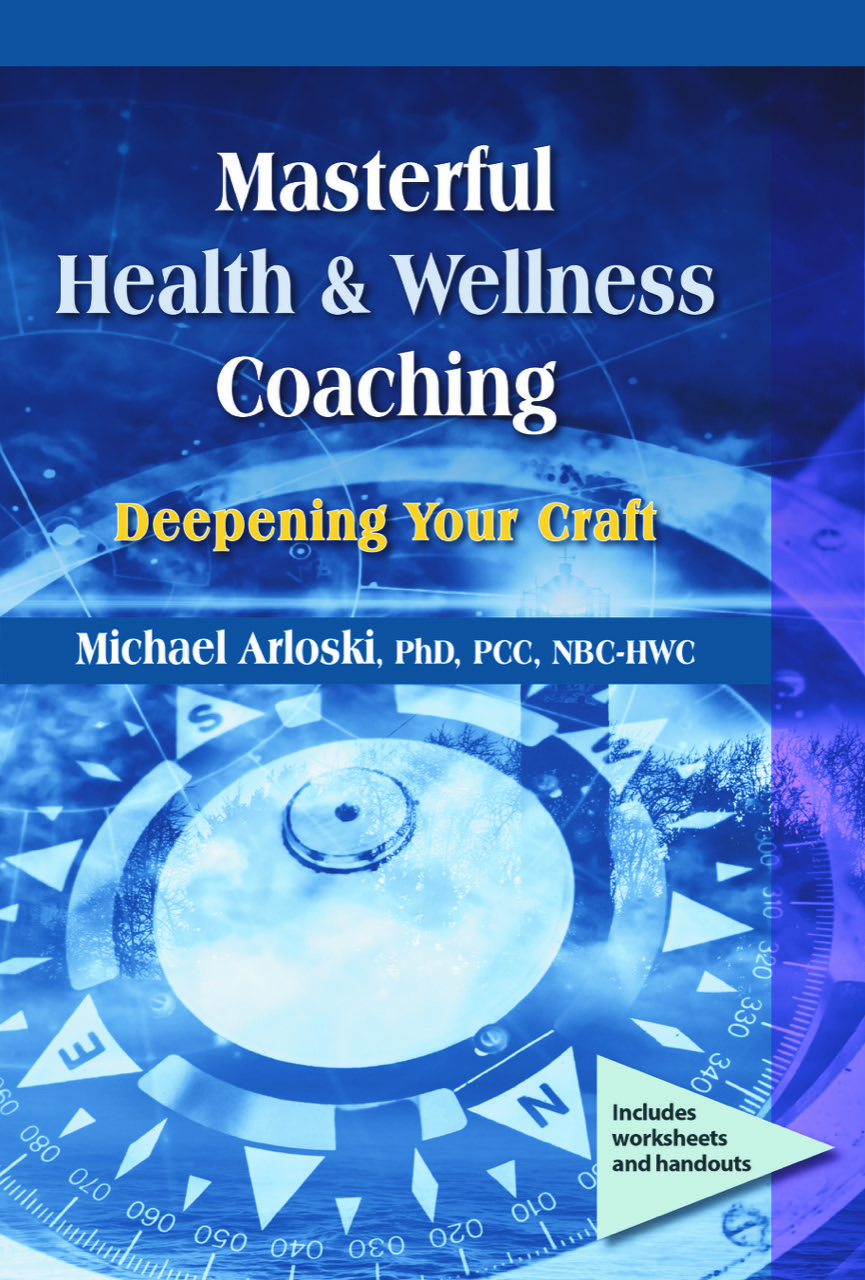

Only registered and logged in readers can leave comments.